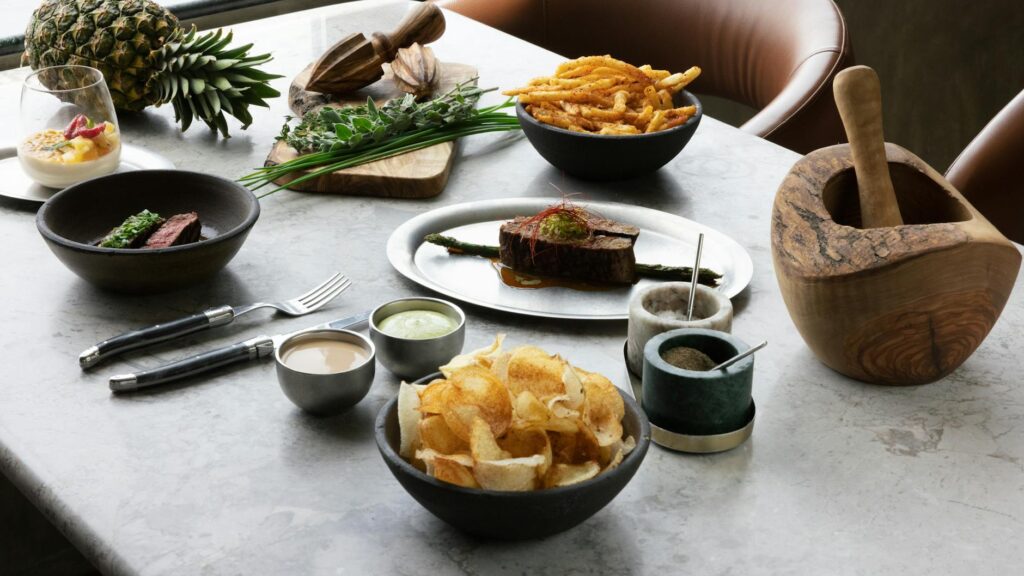The Heart of Giving: Inside the Everyday Heroes of Food Banks
Uncover the selfless acts of everyday heroes at food banks and the incredible impact they have on their communities. Image courtesy of RDNE Stock project via Pexels Table of Contents Food Names Food Time Food Garden Food Delivery Apps Food Heaven Exploring the World of Food Clubs and Beyond In today’s blog post, we will delve into a wide array of food-related topics, ranging from unique food names to the convenience of food delivery apps. Food plays a crucial role in our daily lives, connecting us to different cultures, traditions, and experiences. Join us on this culinary journey as we explore the fascinating world of food clubs and beyond. Food Names Food names hold a special significance, reflecting the rich tapestry of global cuisine. From the exotic to the familiar, each food item carries its own unique identity. Exploring the origins and meanings behind these names can provide insight into the cultural influences that shape our culinary preferences. Food Time Meal times are not just about nourishment; they also serve as a time for bonding and celebration. Different cultures have their own rituals and traditions surrounding food, from the leisurely pace of a Mediterranean meal to the fast-paced meals of bustling metropolises. Creating a balanced meal schedule can help optimize nutrition and overall well-being. Food Garden Growing your own food can be a rewarding and sustainable practice. Food gardens provide a source of fresh produce while reducing the carbon footprint associated with food transportation. By cultivating a food garden, individuals can take control of their food supply and enjoy the benefits of homegrown fruits and vegetables. Food Delivery Apps With the rise of technology, food delivery apps have become a convenient and efficient way to satisfy cravings. These apps offer a wide selection of restaurants and cuisines at the touch of a button, making ordering food a breeze. However, it is important to use these apps responsibly and consider the impact of food delivery services on the environment. Food Heaven Foodie paradise destinations are a dream come true for culinary enthusiasts. From bustling food markets to Michelin-starred restaurants, these destinations offer a sensory feast for the taste buds. Exploring food heaven allows food lovers to immerse themselves in the vibrant world of gastronomy and discover new flavors and experiences.
The Heart of Giving: Inside the Everyday Heroes of Food Banks Read More »










